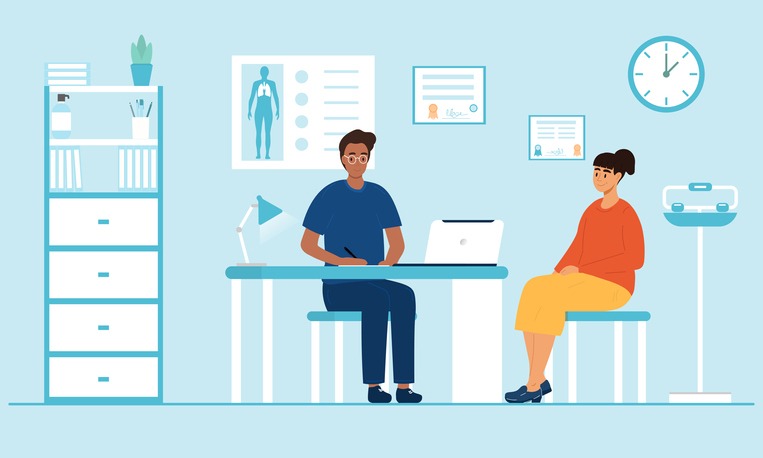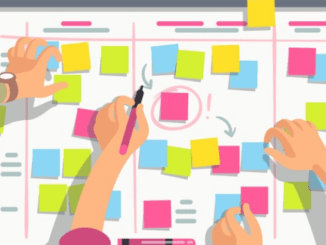
The BMA has released guidance designed to support GP practices in implementing triage systems that can be adapted to individual practice circumstances
CREDIT: This is an edited version of an article that originally appeared on the BMA
GP practices are experiencing significant and growing strain with declining GP numbers, rising demand, and struggles to recruit and retain staff with knock-on effects for patients. This long-term decline in the number of GPs coincides with a rise in the number of patients and a mounting workload.
Ensuring that patients are seen by the appropriate clinician in the right place and at the right time, supports good patient care and experience, reduces pressure on GP practices and allows GPs to spend their time where it is needed the most.
There is no standardised system for care navigation and/or triage in general practice. This tool is designed to support practices to implement a system that can be adapted to a practice’s individual circumstances.
What is a triage system?
Clinical triage is a clinical process conducted by a clinician, most often a nurse or GP, to make early clinical decisions and signpost appropriately either within the practice or elsewhere. Care navigation is a process done by care coordinators, appropriately trained receptionists or other practice staff, to signpost to the most appropriate clinician or elsewhere outside of the practice. Both may be referred to as triage systems.
Care navigation and clinical triage allow practices to prioritise patients with the most urgent health needs, and ensure they see the most appropriate clinician or are signposted to alternative services.
This can be done in person at the practice, over the phone or online.
Reasons to implement a triage system
- Improve access to health services as practices can direct patients to the right practitioner/service (urgent care/ED services).
- Improve patient care by ensuring that patients with the highest or most complex health needs are prioritised and given longer appointments (if necessary).
- Free up GP time to deal with more complex issues.
- Maximise workforce capacity by making the best use of the skills mix in the practice team.
- Reduce GP workload and pressure by distributing and delegating tasks across the practice team.
How to make triage work for patients
The success of a triage system is practice dependent. The system should work for both practice staff and patients, and therefore practices may need to make reasonable adjustments to their system to ensure no patient is disadvantaged.
It should be regularly reviewed to ensure it continues to meet patient needs, functions well within the practice, and to assess any areas for improvement. The impact on patient groups who share protected characteristics, and/or who have complex needs should also be monitored to ensure the system is not creating or exacerbating access barriers.
Steps you should take
Ensure the system is inclusive and supports patients…
- of different ages
- who are disabled
- who are not proficient in English
- who are not used to using/not able to use digital technology to access services
- who may have learning disabilities or low levels of literacy.
Communicate changes to the booking process to patients
Ensuring patients understand the system and how it is intended to benefit them, can help ensure success.
Introduce mechanisms to maintain continuity of care:
Being able to see a named GP or healthcare practitioner is something that both GPs and patients value but is not always possible. Effective care navigation/triage, coupled with mechanisms for ensuring continuity for patients (particularly in practices operating a personal list system) can support better overall patient care and experience.
If continuity of care is finite in capacity, practices may want to consider prioritising certain patient groups (disabled patients, older patients, patients who need interpreters etc) as this may be of particular benefit.
Introduce a policy on DNA (Did Not Attend)
This is to manage appointment availability.
How to make triage work for clinicians
The success of a triage system is practice dependent. The system should work for both practice staff and patients. Below we list the steps you can take to make your triage system work for clinicians.
Steps you should take
Ensure staff have enough time in their working day
This is so that they can assist patients in completing triage forms.
Ensure high-quality information is collected
A good medical history is key, and practices should ensure that triage forms allow patients to clearly describe their symptoms or conditions.
Consider your staffing capacity
Practices should consider whether any additional staffing is required to effectively carry out care navigation/triage and how to mitigate workforce shortages.
Ensure an even distribution of practice workload
Tasks should be appropriately assigned to ensure staff are not overburdened.
Engage all staff in the process
Communicating with all practice staff is crucial to discuss responsibilities, impact on practice workload, and reorganisation of tasks. Practices should consider the staff skills needed to deliver triage effectively.
Introduce a clear and easy-to-follow triage flowchart
This is so that staff can distinguish between urgent and routine issues. Please see the examples we have provided.
Provide training for staff
Thorough training should be provided so that care navigators feel confident in using the system. Care navigators should not be expected to make clinical decisions, but the aim is to empower them to book patients into the appropriate appointment slots. Staff training should include formal training on managing difficult conversations with patients. Guidelines such as those published by Medics for Life could be used to support decision making.
Create a standardised script
This is for care navigators to follow.
Consider resourcing
Thought should be given to investment in additional resources, (e.g., equipment, hardware, software) that may be needed.


Be the first to comment